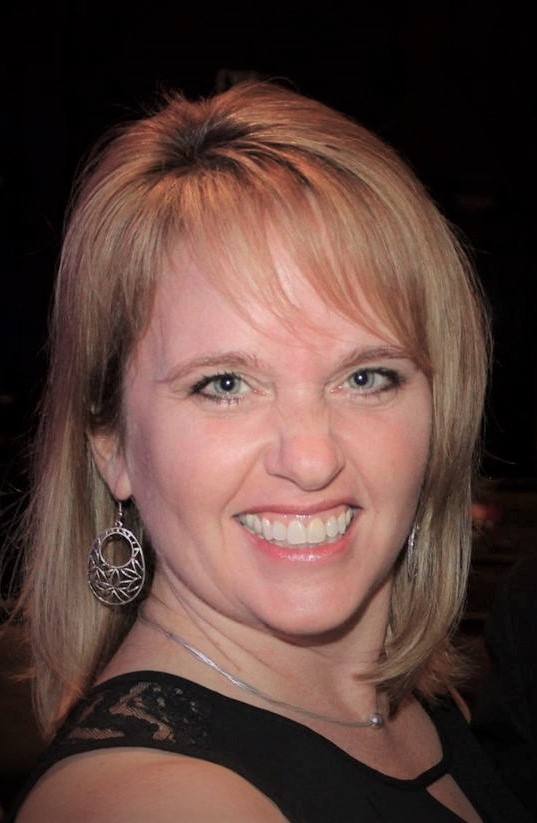Vision Problems Due to Stroke
Medically reviewed by Karen Murray, OT, CHT, CSRS - written by Stroke-rehab.com
Vision problems may occur after a stroke if an area of the brain that controls vision is affected. Below is a list of vision problems that one might experience due to stroke and various treatments that may be used.
Hemianopsia
Hemianopsia occurs when the visual field is cut in one-half of each eye. The person with hemianopsia will not see objects on the side where the visual field has been lost. Visual field is lost in one side of both eyes. Symptoms of hemianopsia may include only eating half of the food on one's plate, drawing only one side of an object, not being able to read one side of a page, and not seeing objects off to one side of the body. Patients with hemianopsia can be taught to compensate for their visual field loss by scanning their eyes in the direction of the hemianopsia and turning their head so they will not miss seeing objects on the affected side. Treatments for hemianopsia include saccade training or scanning therapy, boundary marking, lens that expand the visual field, and vision restoration therapy.
- Scanning Therapy - Saccades are rapid eye movements such as occur when the eyes move from one point to another in the visual field. Your eyes are constantly moving and use saccadic eye movement to take in bits and pieces of an object to create a whole picture for the brain. Scanning therapy or saccade training teaches a patient to scan toward the side of their hemianopsia. Saccades are often too short and slow in the patient with hemianopsia, and the patient has to be taught to scan further and faster with the eyes.
|
- Special lens - various lens have been developed to expand the visual field of a person with hemianopsia. These lenses include the EP Horizontal Lens, the Gottlieb Visual Field Awareness System, and the Chadwick Hemianopsia Lens.
- Visual Restoration Therapy is a computer-based treatment that attempts to stimulate existing visual neurons to rewire and make new connections. It is based on the premise of neuroplasticity. Some controversy has surrounded this technique, but it is approved by the FDA.
- Reading Focus Cards - There are cards that can isolate 1 or 2 lines of text and block out surrounding text. These can be used for books or e-readers. There are optional colored filters that can also help decrease the visual stress sometimes caused by white backgrounds. The colors of the filters can help unlock brain pathways for some struggling readers.
Diplopia
|
Diplopia or double vision can occur causing a person to see two images of a single object. Some treatment techniques include vision exercises, prisms, and occlusion (patching one eye or part of the lens). |
|
Visual Neglect
When visual neglect occurs, one will ignore objects off to one side of the body. Patients with visual field neglect often keep their head turned toward the non-affected side and rarely look over to the affected side. Helpful techniques for neglect include approaching and talking to the stroke victim from the affected side and encouraging scanning to that side. Teaching a stroke victim with neglect to scan to the affected side is more difficult than if they only have hemianopsia. Auditory feedback systems can be used to provide sound cues to help individuals with visual neglect direct their attention to the neglected side. For example, a device may emit a beep or tone, prompting the person to turn their attention in that direction.
Dry Eyes
|
The stroke patient may have a slowing of the blinking rate or an incomplete blink which leads to the eyes drying out. Artificial tears and reminding the patient to blink fully may be helpful for this condition. |
|
Sensitivity to Light
Sensitivity to Light - The eyes may have difficulty adjusting to different light levels. Sunglasses or tinted glasses may be helpful for this type of vision problem.
Convergence Insufficiency
|
With this eye disorder, the eyes do not turn in together (or converge) as they should when a person is looking at an object in midline near the face. You can test for convergence insufficiency by having a patient watch a pen as you move it toward their nose. In a normal response, both eyes should move inward as the pen moves closer to the face. Incoordination of the eye muscles due to stroke can lead to an abnormal response where one (or both) eyes do not move inward often causing double vision. |
A Brock String can be used for convergence training. |
Depth Perception
Stroke may affect the brain's ability to process depth cues, leading to problems with judging distances and perceiving depth accurately. This makes it difficult to tell how far or near an object is and may result in the patient under or overreaching when trying to grasp an object.
Vision Treatment
If you have visual perceptual deficits after stroke, you should seek out a specially trained optometrist called a neuro-optometrist. These professionals are trained in working with eye disorders after stroke or neurological injury. In addition, you can do vision rehabilitation with an OT trained in this area. There are also various activity books with visual perceptual activities like the ones below that can be found online:
|
|
|
|
Get Our Stroke Rehab Guide

Our comprehensive stroke rehab guide in pdf format is designed for both patients and caregivers who want clear, practical ways to support recovery, improve daily function, and regain independence at home. It includes
- Rehab exercises with pictures for safe home practice
- Physical, occupational, and speech therapy guidance
- Tips for daily activities and adaptive equipment
- Answers to common questions from patient and caregivers
- Information on stroke causes, treatment, and prevention

About the Author
Karen Murray, MOT, CHT, CSRS, is a licensed occupational therapist, Certified Stroke Rehabilitation Specialist, Certified Hand Therapist, and Certified Personal Trainer with over 29 years of experience working with stroke survivors in hospital, outpatient, and home settings. She created Stroke-Rehab.com to help patients and caregivers better understand recovery and regain independence at home.
Medical Disclaimer: All information on this website is for informational purposes only. This website does not provide medical advice or treatment. Always seek the advice of your physician or other healthcare provider before undertaking a new healthcare or exercise regimen. Never disregard professional medical advice or delay seeking medical treatment because of something you have read on this website. See the disclaimer page for full information.




















